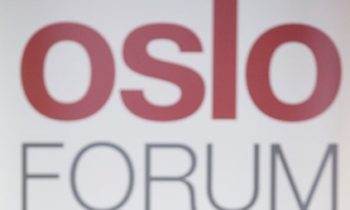 2016 Oslo Forum with the theme of ‘senior conflict mediators, high level decision makers and key peace process actors ‘ started work on Tuesday.
2016 Oslo Forum with the theme of ‘senior conflict mediators, high level decision makers and key peace process actors ‘ started work on Tuesday.
Iranian Foreign Minister Mohammad Javad Zarif, High Representative of the European Union for Foreign Affairs and Security Policy Federica Mogherini, Norwegian Foreign Minister Borge Brende and some delegations from all around the world are present in the event.
Zarif is scheduled to have a speech on ‘the necessity for fundamental change in the settlement of regional conflicts’.
The press conference participated by Zarif, Mogherini and Borge Brende is to be held after the opening ceremony of the event.
Zarif negotiated with Mogherini on Iran-EU ties and JCPOA implementation.
The event is hosted by Norway Foreign Ministry and Centre for Humanitarian Dialogue.


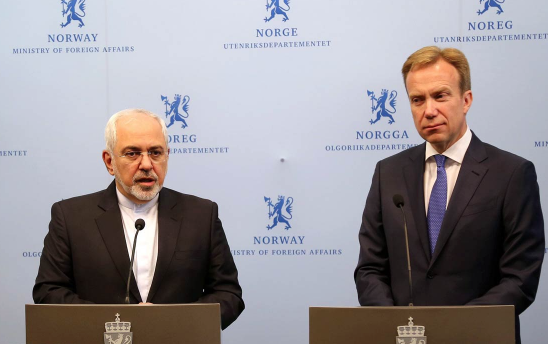
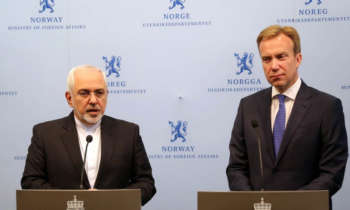

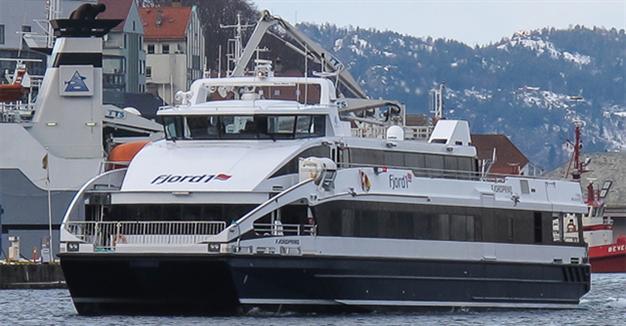
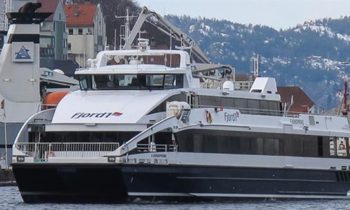 Fjord1, one of the leading public transportation companies of Norway, has signed a new building contract with Turkey’s Tersan Shipyard for two fully electrical, battery-powered ferries, it said in a press release on June 13.
Fjord1, one of the leading public transportation companies of Norway, has signed a new building contract with Turkey’s Tersan Shipyard for two fully electrical, battery-powered ferries, it said in a press release on June 13.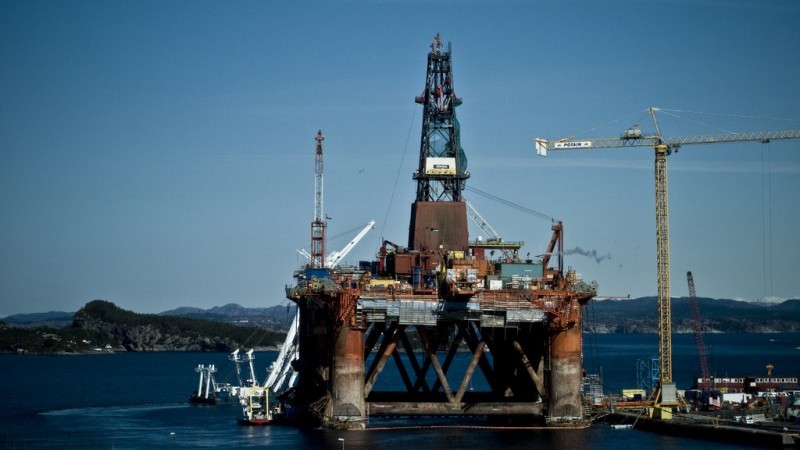
 Norway is poised to adopt a carbon neutral target for 2030, despite resistance from the minority coalition government.
Norway is poised to adopt a carbon neutral target for 2030, despite resistance from the minority coalition government.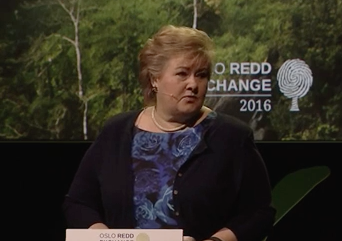
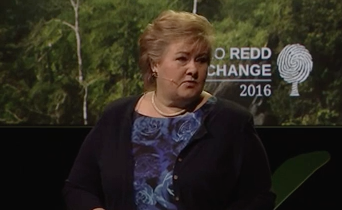 It is with great pleasure that I welcome you to Oslo REDD Exchange.
It is with great pleasure that I welcome you to Oslo REDD Exchange.
 President of the Vietnam Fatherland Front (VFF) Central Committee Nguyen Thien Nhan has asked the Norwegian side to further promote cooperation with Vietnam in fields of the North European country’s strength and Vietnam’s demand.
President of the Vietnam Fatherland Front (VFF) Central Committee Nguyen Thien Nhan has asked the Norwegian side to further promote cooperation with Vietnam in fields of the North European country’s strength and Vietnam’s demand.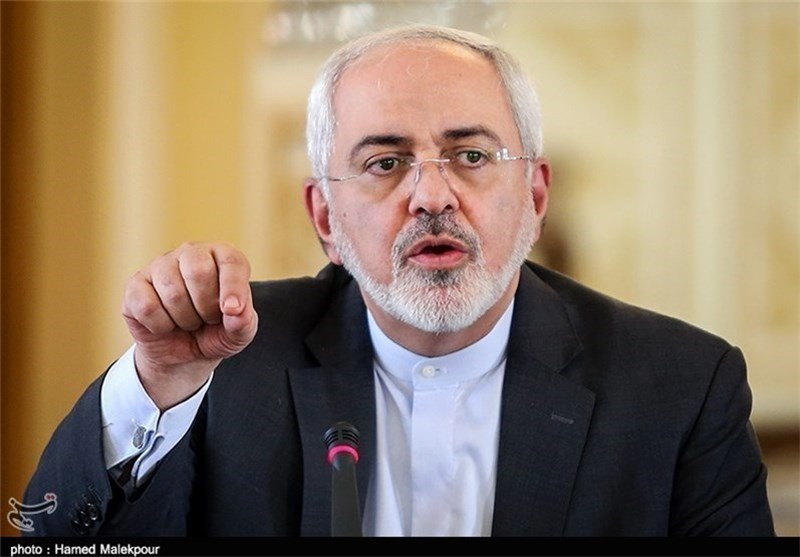
 Iranian Foreign Minister Mohammad Javad Zarif and Norwegian Prime Minister Erna Solberg in a meeting in Oslo discussed a range of issues, from closer bilateral ties to the regional developments and counter terrorism efforts.
Iranian Foreign Minister Mohammad Javad Zarif and Norwegian Prime Minister Erna Solberg in a meeting in Oslo discussed a range of issues, from closer bilateral ties to the regional developments and counter terrorism efforts.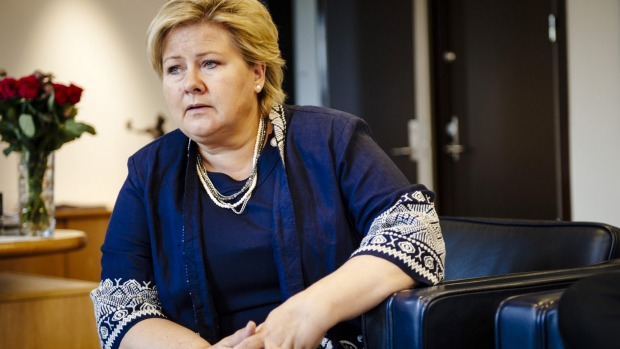
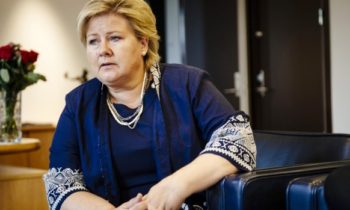 With Britain set to vote in a referendum on European Union membership on June 23, attention is turning to possible models for what a post-EU life would look like.
With Britain set to vote in a referendum on European Union membership on June 23, attention is turning to possible models for what a post-EU life would look like.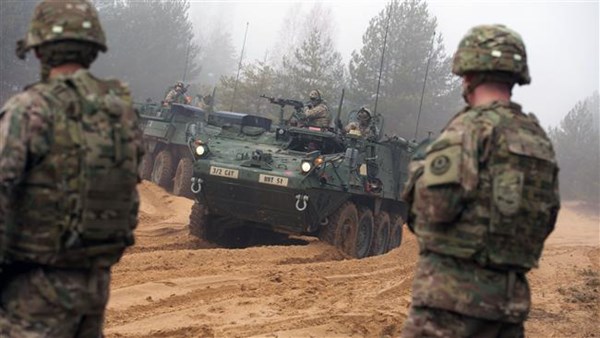
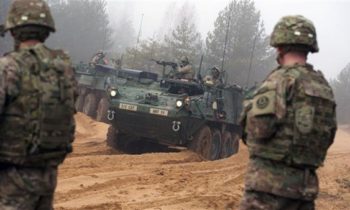 The Saber Strike 2016 international military exercises have begun in Estonia. Approximately 10,000 soldiers will participate, of which 1,500 are from the US. The remaining soldiers come from Estonia, Denmark, Great Britain, Latvia, Lithuania, Poland, Luxembourg, Norway, France, Slovenia, Finland and Germany. The exercises are being held under the leadership of the US Army in Europe.
The Saber Strike 2016 international military exercises have begun in Estonia. Approximately 10,000 soldiers will participate, of which 1,500 are from the US. The remaining soldiers come from Estonia, Denmark, Great Britain, Latvia, Lithuania, Poland, Luxembourg, Norway, France, Slovenia, Finland and Germany. The exercises are being held under the leadership of the US Army in Europe.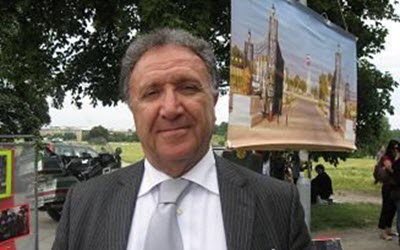
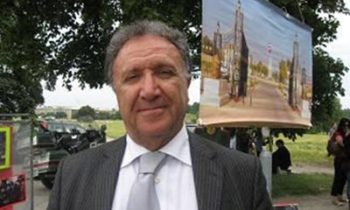 NCRI – Commenting on the trip by the Iranian regime’s Foreign Minister to Norway, Amb. Perviz Khazai, the representative of the National Council of Resistance of Iran (NCRI) in Nordic countries, on Monday said:
NCRI – Commenting on the trip by the Iranian regime’s Foreign Minister to Norway, Amb. Perviz Khazai, the representative of the National Council of Resistance of Iran (NCRI) in Nordic countries, on Monday said:
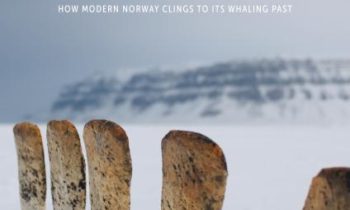 Norway is now the world’s leading whaling nation, killing more whales in the past two years than Japan and Iceland combined. A new report released today calls on the international community to respond to Norway’s systematic efforts to weaken management rules and improve market conditions for its whalers.
Norway is now the world’s leading whaling nation, killing more whales in the past two years than Japan and Iceland combined. A new report released today calls on the international community to respond to Norway’s systematic efforts to weaken management rules and improve market conditions for its whalers.


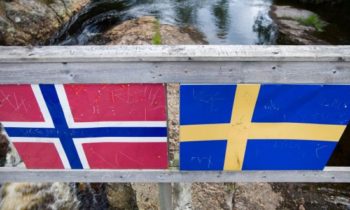 Smuggled garlic and long border queues could supersede diesel laundering and free-flowing traffic should British voters chose to take the United Kingdom – and with it 17 per cent of the island of Ireland – out of the EU.
Smuggled garlic and long border queues could supersede diesel laundering and free-flowing traffic should British voters chose to take the United Kingdom – and with it 17 per cent of the island of Ireland – out of the EU.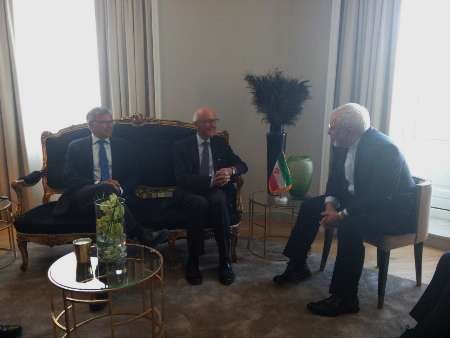
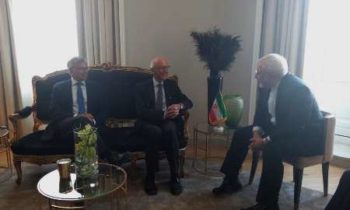 Iranian Foreign Minister Mohammad Javad Zarif met and consulted with two former prime ministers of Norway.
Iranian Foreign Minister Mohammad Javad Zarif met and consulted with two former prime ministers of Norway.
 On June 14th and 15th, 500 politicians, private sector companies, indigenous peoples representatives, researchers and civil society organizations from all over the world gather in Oslo to discuss how to stop the destruction of the world’s tropical forests.
On June 14th and 15th, 500 politicians, private sector companies, indigenous peoples representatives, researchers and civil society organizations from all over the world gather in Oslo to discuss how to stop the destruction of the world’s tropical forests.
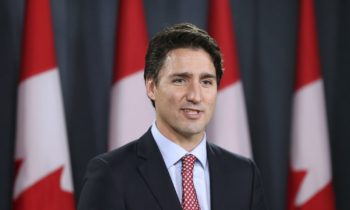 The Canadian Prime Minister has today announced that there is reason to believe that the Canadian hostage in the Philippines, Robert Hall, has been killed by the terrorist group Abu Sayyaf. ‘I condemn in the strongest terms the brutal killing of Canadian citizen Robert Hall. If these reports are true, abhorrence and outrage is the only reasonable response,’ said Minister of Foreign Affairs Børge Brende.
The Canadian Prime Minister has today announced that there is reason to believe that the Canadian hostage in the Philippines, Robert Hall, has been killed by the terrorist group Abu Sayyaf. ‘I condemn in the strongest terms the brutal killing of Canadian citizen Robert Hall. If these reports are true, abhorrence and outrage is the only reasonable response,’ said Minister of Foreign Affairs Børge Brende.
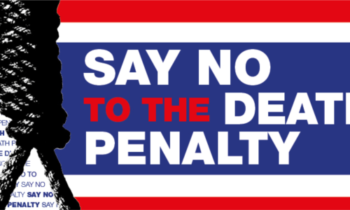 Norway will host the sixth World Congress Against the Death Penalty in Oslo 21-23 June 2016. The Congress will attract 1300 participants from over 80 countries, including ministers, parliamentarians, academics, lawyers, and members of civil society.
Norway will host the sixth World Congress Against the Death Penalty in Oslo 21-23 June 2016. The Congress will attract 1300 participants from over 80 countries, including ministers, parliamentarians, academics, lawyers, and members of civil society.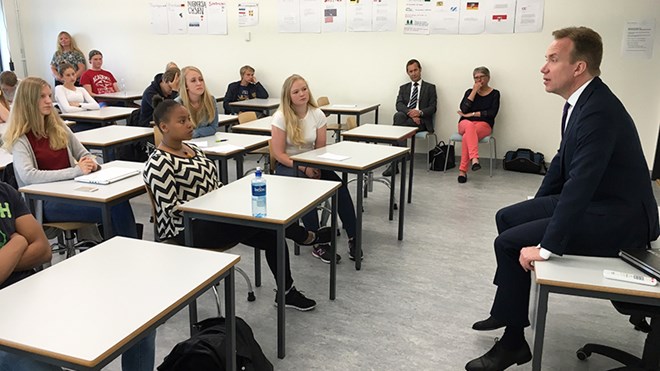
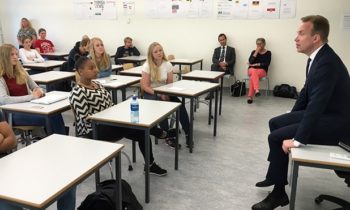



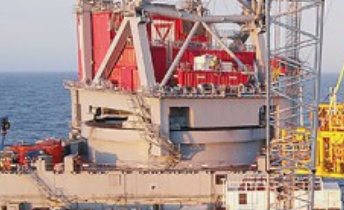 The Norwegian Petroleum Directorate (NPD) has granted Gullfaks field licence holders consent to begin producing from the Rutil deposit on Gullfaks South.
The Norwegian Petroleum Directorate (NPD) has granted Gullfaks field licence holders consent to begin producing from the Rutil deposit on Gullfaks South.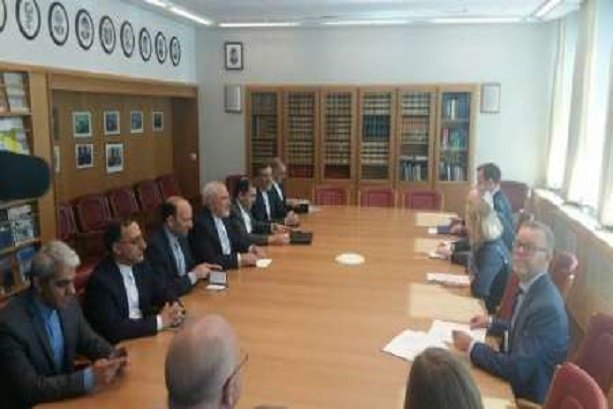
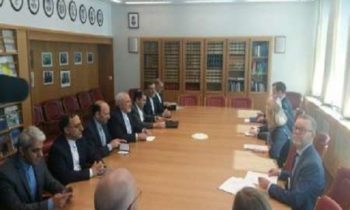 During a Mon. meeting between Iran’s FM Zarif and members of Norway’s Standing Committee on Foreign Affairs and Defense, the two sides called for all-out confrontation with terrorism and extremism.
During a Mon. meeting between Iran’s FM Zarif and members of Norway’s Standing Committee on Foreign Affairs and Defense, the two sides called for all-out confrontation with terrorism and extremism.
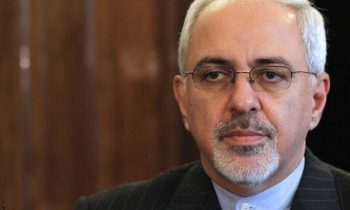 Iranian Foreign Minister Mohammad Javad Zarif, who is in Norway, said in his visit to the Scandinavian country, he will hold talks with US Secretary of State John Kerry on Washington’s commitments under the July 2015 nuclear deal between Tehran and world powers.
Iranian Foreign Minister Mohammad Javad Zarif, who is in Norway, said in his visit to the Scandinavian country, he will hold talks with US Secretary of State John Kerry on Washington’s commitments under the July 2015 nuclear deal between Tehran and world powers.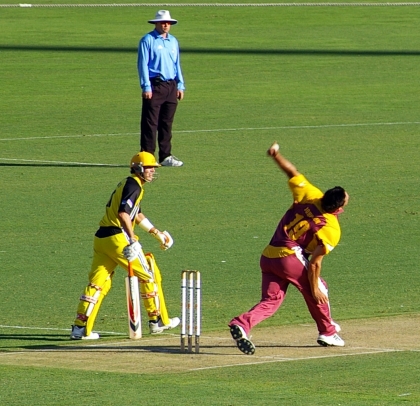
 Afghan refugees’ cricket team residing in Norway has defeated Darman cricket team of Norway yesterday.
Afghan refugees’ cricket team residing in Norway has defeated Darman cricket team of Norway yesterday.

